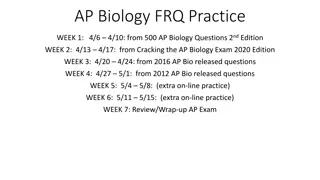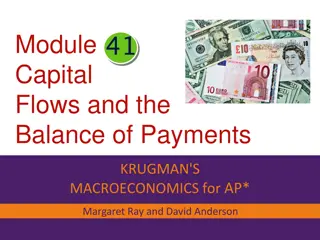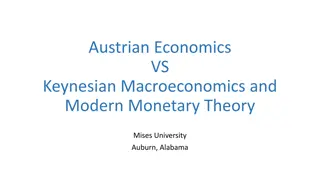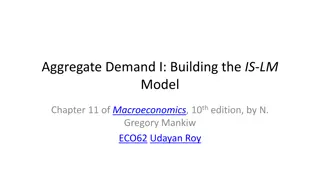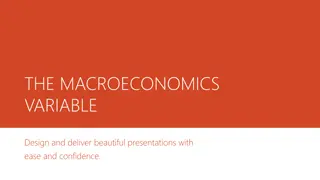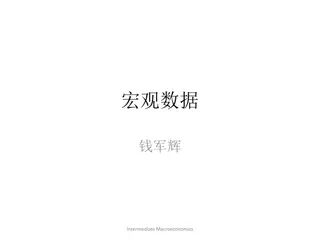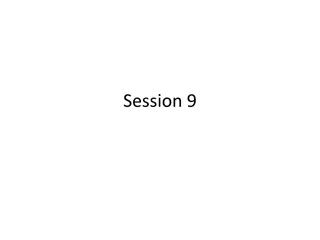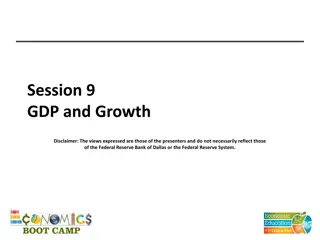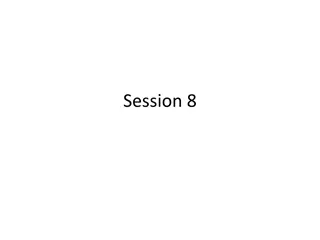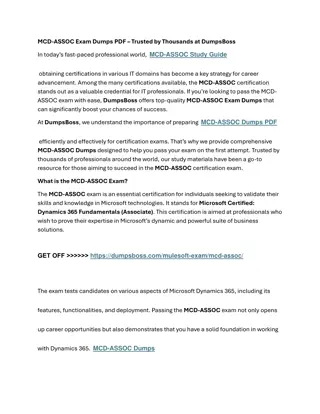AP Macroeconomics Exam FRQ Analysis
The AP Macroeconomics exam consists of a Free Response Question (FRQ) section worth 1/3 of the total score. Understand the key components of FRQs, tackle sample FRQs, and learn to analyze scenarios involving pivotal events in the economy. Dive into topics like aggregate demand and supply, monetary policy effects, and long-run implications on foreign exchange markets. Prepare effectively to score well on the FRQ section.
Download Presentation

Please find below an Image/Link to download the presentation.
The content on the website is provided AS IS for your information and personal use only. It may not be sold, licensed, or shared on other websites without obtaining consent from the author.If you encounter any issues during the download, it is possible that the publisher has removed the file from their server.
You are allowed to download the files provided on this website for personal or commercial use, subject to the condition that they are used lawfully. All files are the property of their respective owners.
The content on the website is provided AS IS for your information and personal use only. It may not be sold, licensed, or shared on other websites without obtaining consent from the author.
E N D
Presentation Transcript
1. Review process/hints for writing the Economics FRQ 2. Work through a sample long FRQ
The FRQ section is 1/3 of the AP Economics exam score There are three questions, the first of which is worth 15 points and the other two are worth 7.5 points each Each year s exam cut score is different but in almost all cases, you need to score points in the FRQ to make a 3 or better
Most problems have the following components: 1. Starting point 2. Pivotal event 3. Initial effects 4. Secondary or Long-Run effects
1. Starting point Assume the U.S. economy is currently operating at an aggregate output level above potential output. Draw a correctly labeled graph showing aggregate demand, short-run aggregate supply, long-run aggregate supply, equilibrium output, and the aggregate price level.
2. Pivotal event Now assume that the Federal Reserve conducts contractionary monetary policy. Identify the open-market operation the Fed would conduct.
3. Initial effects Draw a correctly labeled graph of the money market to show the effect of the monetary policy on the nominal interest rate. Show and explain how the Fed s actions will affect equilibrium in the aggregate demand and supply graph you drew previously. Indicate the new aggregate price level on your graph.
Secondary or Long-Run effects 4. Assume Canada is the largest trading partner of the U.S. Draw a correctly labeled graph of the foreign exchange market for the U.S. dollar showing how the change in the aggregate price level you indicated on your graph above will affect the foreign exchange market. What will happen to the value of the U.S. dollar relative to the Canadian dollar? How will the Federal Reserve s contractionary monetary policy affect the real interest rate in the United States? Explain.
Respond clearly and concisely Skip lines between each part of the question and clearly label which part you re answering Address the verb of the prompt appropriately SHOW means to model/graph with CORRECT LABELS EXPLAIN means to provide the reasoning (providing a formula or graph, or interpreting one) IDENTIFY means providing the answer(s) asked for CALCULATE means to show the mathematical means for determining an answer
Show your work including the formula Review your answer when you re done to make sure it follows from the prompt, and that models and math are correct
A. On the Aggregate Model, show an economy in recession. i. policy? ii. What can this group change? Which group may enact countercyclical fiscal
B. Show the effect of fiscal policy on the aggregate model. i. federal budget? What is the result of these policies in terms of the
C. How does this fiscal policy impact the money market? i. its effect on interest rates. D. How will the federal budget balance impact the Loanable Fund market? i. Show the change on a Money Market graph and Show this change and its effect on interest rates.
Depict the impact of Money Market and Loanable Funds changes on the Investment Demand graph. What is the name for this effect, and how will it impact the Aggregate Model? E. i.
Show the effect of higher US interest rates in the Loanable Funds market as a result of capital flows. G. Graph this change in the Dollar Market. i. as US exports? ii. What is the overall effect on net exports and the United States GDP? F. How will this affect the value of the dollar, as well






